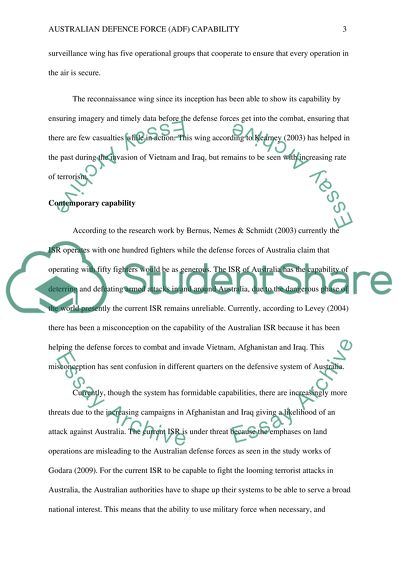Cite this document
(“Australian Defence Force (ADF) capability Essay”, n.d.)
Retrieved from https://studentshare.org/military/1401072-australian-defence-force-adf-capability
Retrieved from https://studentshare.org/military/1401072-australian-defence-force-adf-capability
(Australian Defence Force (ADF) Capability Essay)
https://studentshare.org/military/1401072-australian-defence-force-adf-capability.
https://studentshare.org/military/1401072-australian-defence-force-adf-capability.
“Australian Defence Force (ADF) Capability Essay”, n.d. https://studentshare.org/military/1401072-australian-defence-force-adf-capability.


